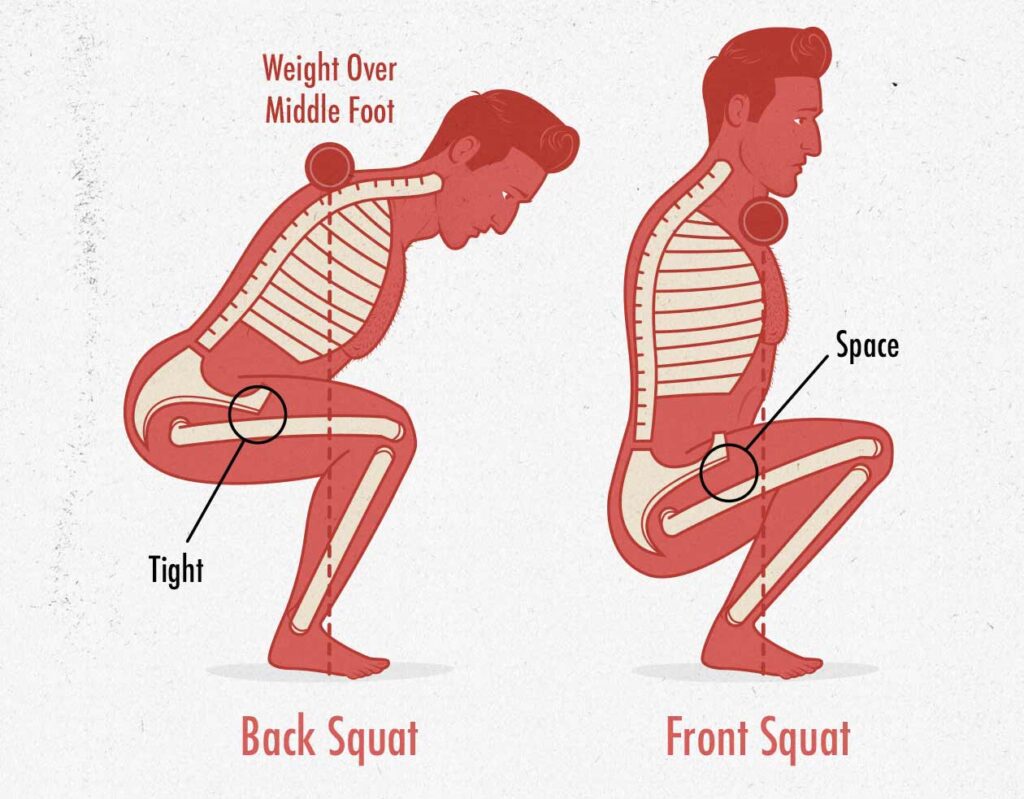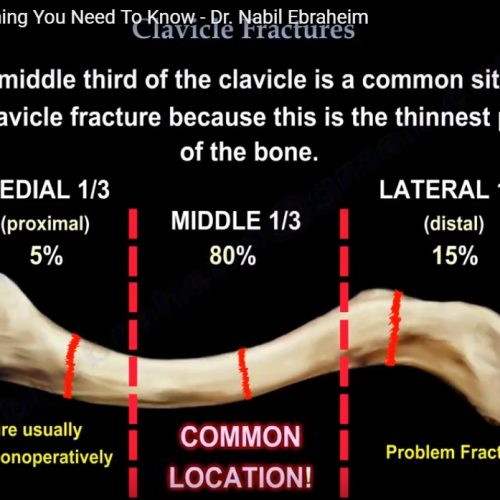Correcting squat form is essential for preventing injury and maximizing the effectiveness of the exercise. Squats are a compound movement that targets multiple muscle groups, including the quadriceps, hamstrings, glutes, and core. A proper squat form involves maintaining a neutral spine, proper foot positioning, and proper depth.
One common mistake in squat form is leaning too far forward. This is often caused by weak glutes and hamstrings. To correct this, focus on engaging the glutes and hamstrings throughout the movement. Keep the chest up and maintain a neutral spine. It can also be helpful to practice squatting in front of a mirror to ensure proper alignment.
Another mistake is allowing the knees to cave inward. This can put undue stress on the knees and increase the risk of injury. To fix this, focus on pushing the knees out during the squat. This engages the hip muscles and maintains proper tracking of the knees.
Foot positioning is also crucial for a proper squat form. Feet should be shoulder-width apart, with toes pointing slightly outward. This helps create a stable base and allows for proper alignment of the knees and hips. Avoid allowing the heels to lift off the ground during the squat, as this can lead to instability. Instead, focus on driving through the heels to maintain balance and stability.
Finally, achieving proper depth in a squat is important. Going too shallow can limit the benefits of the exercise, while going too deep can put unnecessary stress on the knees and lower back. Aim to lower down until the thighs are parallel to the ground, without compromising form.
To summarize, correcting squat form involves addressing issues such as leaning forward, knees caving in, improper foot positioning, and achieving proper depth. By focusing on engaging the appropriate muscles, maintaining a neutral spine, and practicing proper alignment, one can ensure a safe and effective squat form. Regular practice and attention to detail are necessary for improving squat technique and reaping the full benefits of this compound exercise.
Is it normal for lower back to be sore after squats?
Squats are a common cause of lower back pain. Poor squatting technique or squatting too much weight are common reasons for lower back pain. Weak core muscles, poor hip and ankle mobility, and underlying injuries might also all contribute.

How do you fix lower back pain after leg day?
– Rest.
– Ice packs or heat and compression applied to the back.
– Exercises (to strengthen the abdominal muscles)
– Stretching and strengthening exercises (for the low back as it heals)
– Learning how to use and wear correct protective equipment.
How do I support my back when squatting?
– Stand with your feet about shoulder-width apart and your toes turned slightly outward. …
– Take a deep breath and brace your core.
– Push your hips back as if you’re sitting in a chair.
How do you relieve lower back pain from squats?
Correct the Mistakes in Your Squat Technique Ankle mobility exercises, such as calf stretches and ankle dorsiflexion drills, can help improve your range of motion. Additionally, widening your squat stance slightly can often alleviate some of the pressure on the lower back.
How can I stop my back from hurting when I lay down?
If you sleep on your back, place a pillow under your knees. This may help relax your back muscles and maintain the curve of your lower back. If you need additional support, try a small, rolled towel under your waist. Support your neck with a pillow.
How do you get rid of lower back pain after sleeping?
– Stretches in bed. One way to beat back pain is to make a habit of stretching right before you get out of bed. …
– Planks. A plank works almost your entire body, particularly your core muscles. …
– Mini-cobra. …
– Knee bends. …
– Get exercise throughout the day. …
– OTC medications. …
– Topical remedies.

Why does my lower back hurt after waking up?
What can cause morning back pain? Morning back pain can stem from a problem with sleeping posture, mattress, or pillows. However, waking up with lower back pain can also indicate an underlying condition, such as degenerative disc disease or fibromyalgia.
Why does my lower back hurt when I over sleep?
If you oversleep on a bad mattress, your body will be exposed to uncomfortable sleeping conditions for a longer period. This can affect the natural curve of your spine and lead to back pain. Laying on your back for long periods can cause the muscles that support the normal curvature of your back to become fatigued.

Why does my back hurt when I lay down for too long?
Pain in the lower back when lying down can occur for various reasons, including a lumpy mattress, strained muscles, or conditions that require medical treatment, such as arthritis. It is important to contact a healthcare professional if back pain worsens when lying down.
:max_bytes(150000):strip_icc()/lower-back-pain-when-lying-down-5100822_final-b8e26a80dfc2427e9a1abc141cb9967f.jpg)



